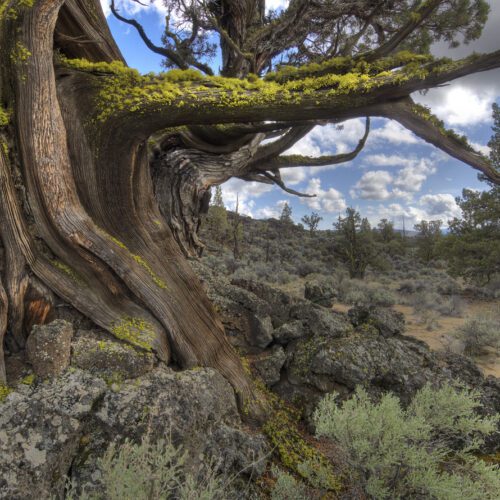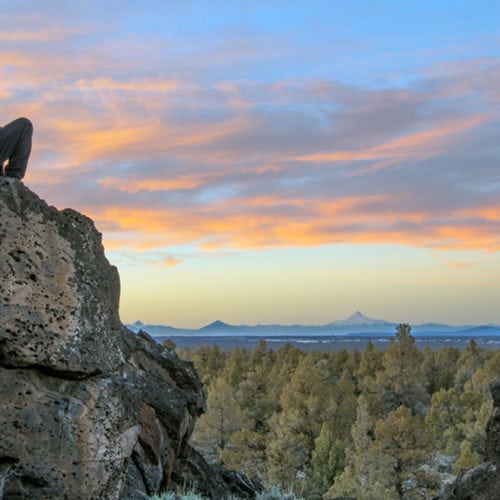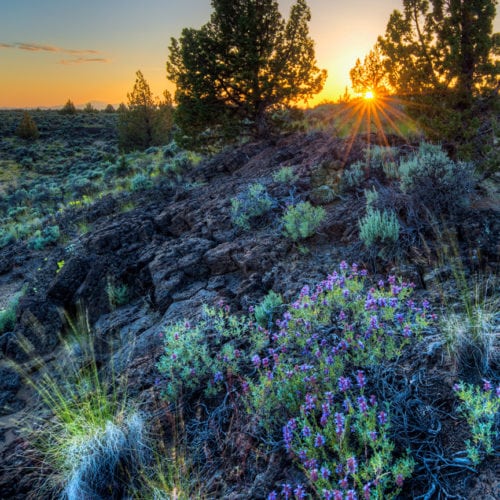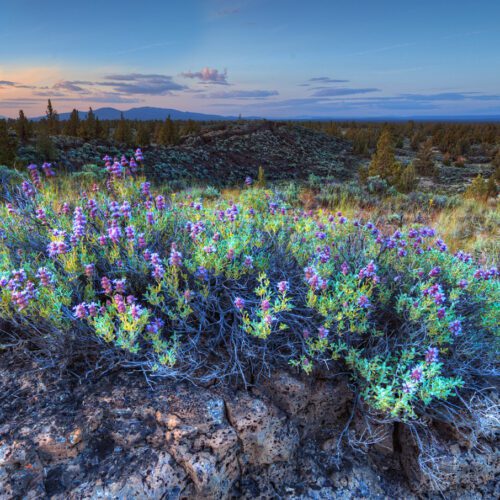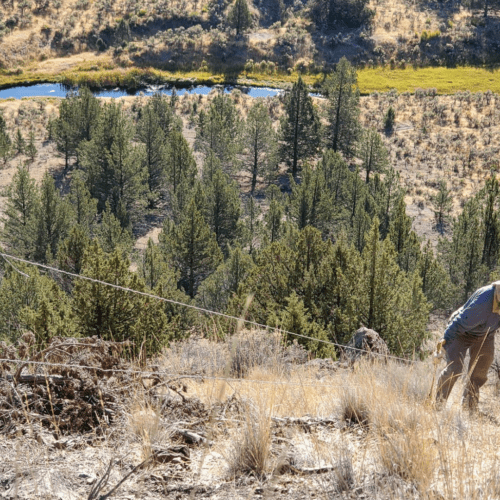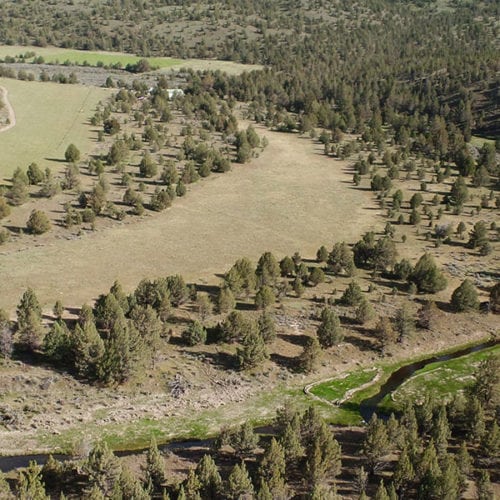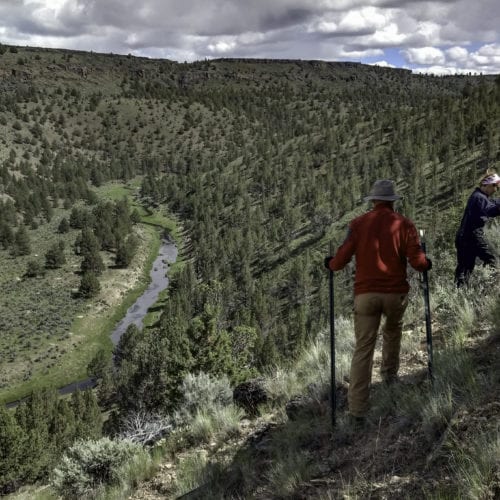Badlands Wilderness Stewardship #4
In partnership with the Prineville District of the Bureau of Land Management, ONDA will lead several days of service in 2023 to improve the Badlands Wilderness for its human visitors […]
Read MoreBadlands Wilderness Stewardship #3
In partnership with the Prineville District of the Bureau of Land Management, ONDA will lead several days of service in 2023 to improve the Badlands Wilderness for its human visitors […]
Read MoreBadlands Wilderness Stewardship #5
In partnership with the Prineville District of the Bureau of Land Management, ONDA will lead several days of service in 2023 to improve the Badlands Wilderness for its human visitors […]
Read MoreProtected: South Fork Crooked River Fence Mapping
There is no excerpt because this is a protected post.
Read MoreSouth Fork Fence Build
This is an exciting and physically demanding trip. We will backpack out to an inholding owned by the Oregon Desert Land Trust within the South Fork Crooked River Wilderness Study […]
Read More